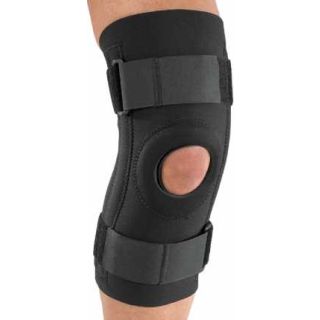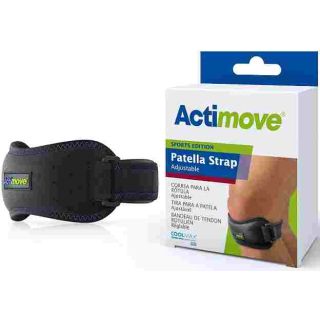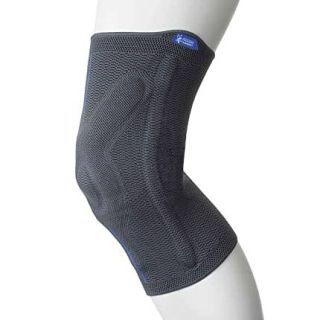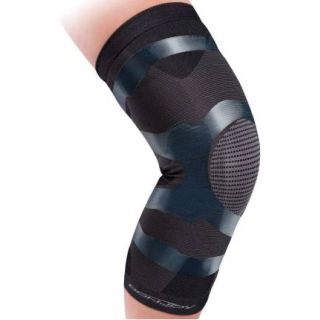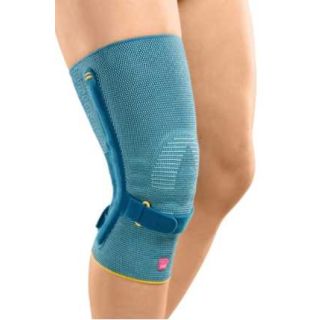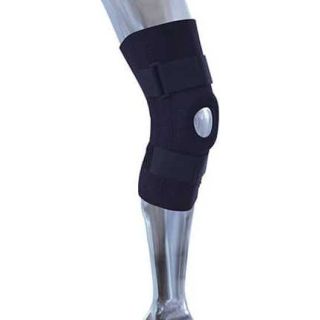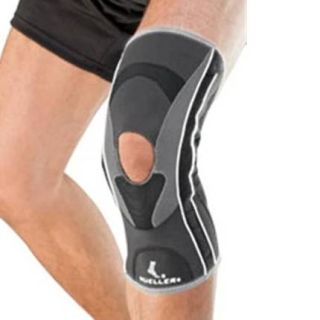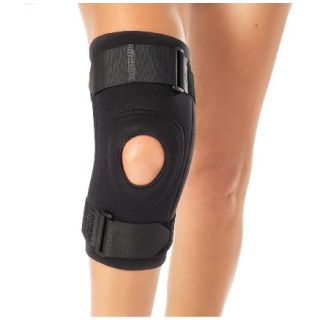-
 Details$87.99 $73.99
Details$87.99 $73.99 -
 Details$60.99 $49.99
Details$60.99 $49.99 -
 Details$27.99 $20.79
Details$27.99 $20.79 -

-
 Details$93.99 $84.99
Details$93.99 $84.99 -
Sale - Limited Time
 Details$120.00 $79.99
Details$120.00 $79.99 -
 Details$34.99 $23.99
Details$34.99 $23.99 -
Add To Cart To See Price
 Details$151.00 $151.00
Details$151.00 $151.00 -
 Details$31.99 $22.99
Details$31.99 $22.99 -
 Details$57.99 $48.00
Details$57.99 $48.00 -
 Details$74.99 $65.99
Details$74.99 $65.99 -
 Details$41.99 $32.95
Details$41.99 $32.95
Patellar tendonitis knee supports ease pain and promote healing by providing compression and alignment directly under the kneecap. Perfect for jumper’s knee management, these braces let you stay active safely. Many users return to exercise with less pain and better mobility.
Not sure which knee brace for patellar tendonitis is right for you? Use our product filters or reach out for expert assistance. Recovery starts with the right support.


